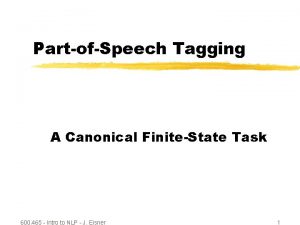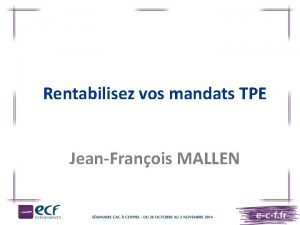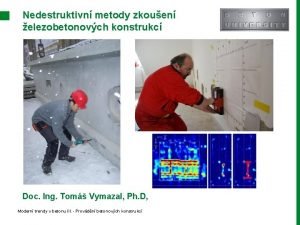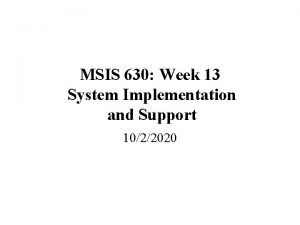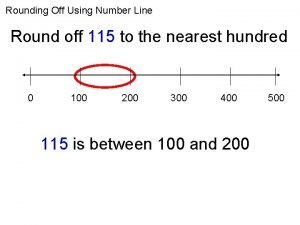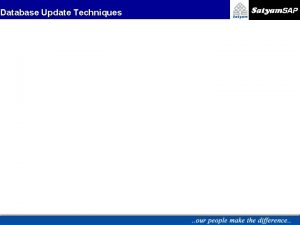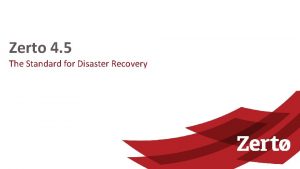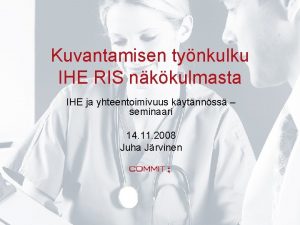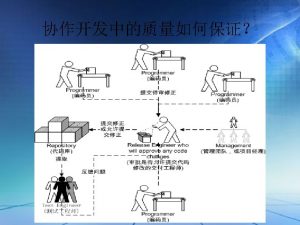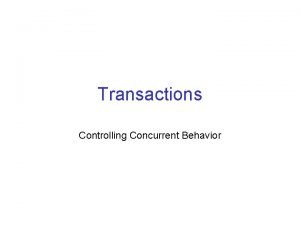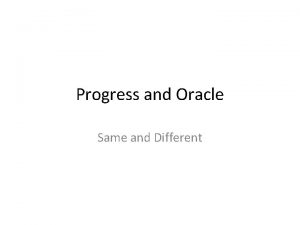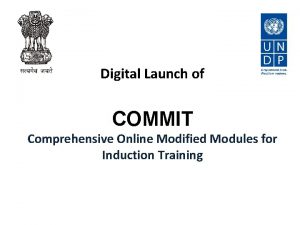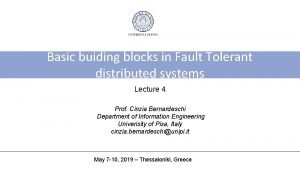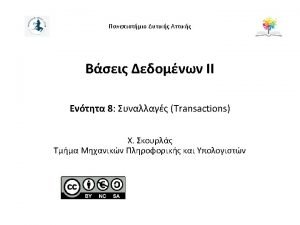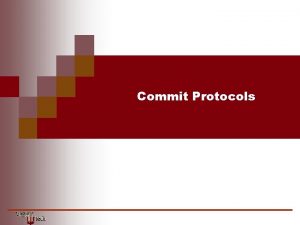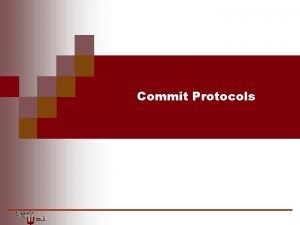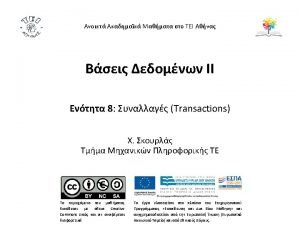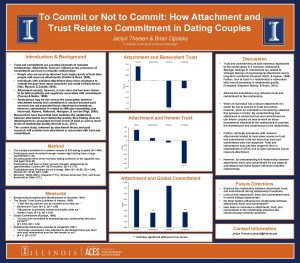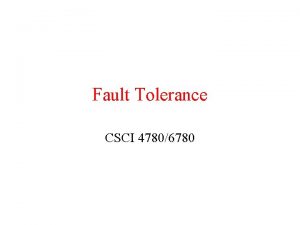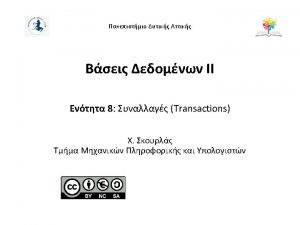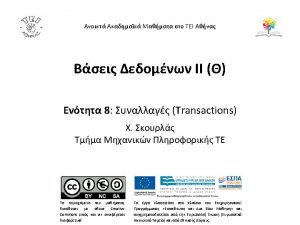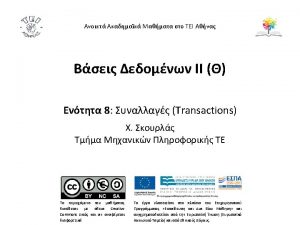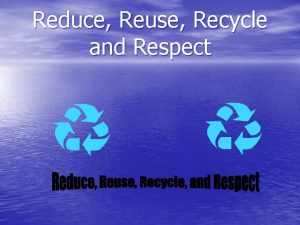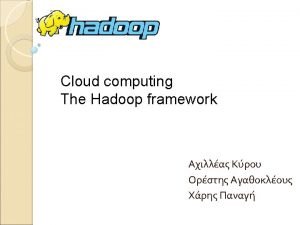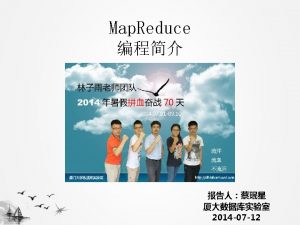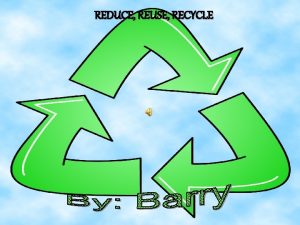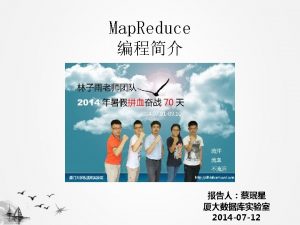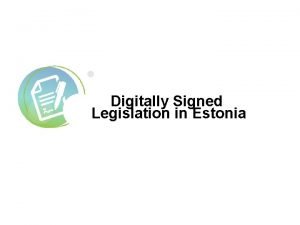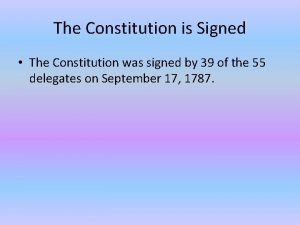630 CITIES SIGNED UP and commit to reduce




























- Slides: 28


630 CITIES SIGNED UP and commit to reduce CO 2 emissions on their territories by at least 20% by 2020!

Why do mayors join? “. . . To show that local authorities already act and lead the fight against climate change. The states need them to meet their Kyoto objectives and should therefore support them in their efforts. . . ” Denis Baupin, Deputy Mayor, Paris (FR)

Why do mayors join? “. . . To become a strong partner of the European Commission and influence adoption of policies and measures which help cities to achieve their Covenant objectives. . . ” Lian Merx, Deputy Mayor, Delft (NL)

Why do mayors join? “. . . To support the movement that obliges cities to meet their objectives, allows to monitor results and involves EU citizens – because it’s their movement. . . ” Philippe Tostain, Councillor, Lille (FR)

Why do mayors join? “. . . To meet people with the same ambitions, get motivation, learn from each other. . . ” Manuela Rottmann, Deputy Mayor, Frankfrut am Main (DE)

How do cities proceed? SEAP submission 1 year after the signature Implementation report 3 years after the signature

STEP 1 Creation of adequate administrative structures SEAP submission 1 year after the signature Implementation report 3 years after the signature

STEP 1 Creation of adequate administrative structures • Appoint energy-climate management team or create a department linked directly to mayor’s office • Mobilise sufficient human resources - Covenant coordinator and his/her team, all departments, politicians, experts, citizens and local stakeholders

STEP 2 Baseline CO 2 emissions inventory on your territory SEAP submission 1 year after the signature Implementation report 3 years after the signature

STEP 2 – Baseline CO 2 emissions inventory Why to do it?

STEP 2 – Baseline CO 2 emissions inventory Which key results? Key Results Buildings, Equipment/Facilities & Industries Transport 1. Final energy consumption √ √ 2. C 02 emissions √ √ Key Results 3. Local electricity production and corresponding CO 2 emissions Wind, Hydroelectric, PV, CHP… √ Key Results 4. Local heat and cold production and corresponding CO 2 emissions CHP, district heating plants… √

STEP 2 - Baseline CO 2 emissions inventory How to do it? Baseline year ≥ 1990 Approaches to emissions accounting: • Territorial • Life Cycle Assessment Guidelines for Covenant signatories based on practical experiences of cities and developed in co-operation with the European Commission Joint Research Centre -> available on-line!!!

STEP 3 – SEAP development with stakeholders SEAP submission 1 year after the signature Implementation report 3 years after the signature

STEP 3 – SEAP development with stakeholders Key Points Your desired future in 2020 Choose freely your methodology • Include public and private sectors’ actions • Involve local stakeholders & citizens • Have it formally approved by City Council

STEP 3 - SEAP development with stakeholders Which sectors to include? • Buildings, Equipment/Facilities & Industries • Transport • Local electricity production • Local district heating / cooling, CHPs • Land use planning • Public procurement of products & services • Working with the citizens & stakeholders • Other sectors

STEP 3 - SEAP development with stakeholders What to plan for each sector?

1. year SEAP submission

STEP 4 Implementation of SEAP STEP 5 Monitoring and reporting SEAP submission 1 year after the signature Implementation report 3 years after the signature

From the very first step: communicate and collaborate with citizens and local actors! Organise local energy days!

European Commission • Becomes a partner for local authorities • Negotiates support for signatory cities • Mobilises finance and political support at EU level Co-operation with EIB IEE II: Grants available for sustainable energy communities

Financial Institutions (European Investment Bank) ELENA – European Local Energy Assistance • Technical assistance facility • Financing development of bankable investment projects or programmes • Aiming to ensure the eligibility of the supported investment projects or programmes for further EIB funding Condition: projects contribute to the achievement of the CO 2 reduction objectives fixed in the Sustainable Energy Action Plans within the Covenant initiative

Covenant of Mayors Office

Covenant Supporting Structures 10 Regions, counties, provinces, agglomerations • Provide strategic guidance, financial and technical support for local authorities lacking skills & resources to meet the Covenant objectives 15 Networks of local and regional authorities • Promote the Covenant initiative and facilitate networking among their members

What will your city win by joining the Covenant? • Support from the EU institutions, Covenant of Mayors Office and Supporting Structures • Financial resources dedicated to Covenant cities • Exchange of experiences with mayors facing the same challenge • Visibility and recognition for your actions all around Europe Be among those who joined this European movement!

Follow them. . . Paris (FR) Växjö (SE) Riga (LV) Budapest (HU)

Covenant of Mayors Office managed by: From the initiative of:

Contact us www. eumayors. eu Available in the following languages: BG CS DA DE EL EN ES ET FI FR HU IT LT LV MT NL PL PT RO SK SL SV NO Catalan
 Transverterstore
Transverterstore Paths start and stop at
Paths start and stop at Kent state afrotc
Kent state afrotc Nep 530
Nep 530 866‑630‑9305
866‑630‑9305 Orea fintrac form
Orea fintrac form Profometer pm-630
Profometer pm-630 630*13
630*13 Rounding off 100
Rounding off 100 Busceral
Busceral Atomic commit protocol in distributed system
Atomic commit protocol in distributed system Database commit is triggered by
Database commit is triggered by Thou shalt not commit logical fallacies image
Thou shalt not commit logical fallacies image Zerto commit policy
Zerto commit policy What is the summary of the black cat
What is the summary of the black cat Connectathon
Connectathon Moving power which impels one to act
Moving power which impels one to act Git global name
Git global name Sql commit
Sql commit Sql commit
Sql commit Doptlrc.in
Doptlrc.in Eclipse project to github
Eclipse project to github The use of the two-phase commit protocol is ______________
The use of the two-phase commit protocol is ______________ Signed and unsigned in c
Signed and unsigned in c Signed and unsigned binary numbers
Signed and unsigned binary numbers I meet raisa last night and _____ signed _____ t-shirt. *
I meet raisa last night and _____ signed _____ t-shirt. * Size_t in c
Size_t in c Multiplying and dividing rational numbers calculator
Multiplying and dividing rational numbers calculator Addition and subtraction with signed magnitude data
Addition and subtraction with signed magnitude data

